
What are the differences between woven, knitted and non woven fabrics ?
Fabrics are amazing. There are so many different ones that exist, and they can inspire you to create anything. But how do you choose which fabric to use, with so many possibilities ? And how do you recognize the differences between 2 fabrics, when they can seem so similar at first look ?
That’s when Textile Knowledge comes in handy ! Knowing how fabrics are made and the basic theory about textiles will help you so much ; not only to differentiate fabrics but also to choose the one that will be the best for your creations !
In a nutshell, all these words [woven, knitted, non-woven] refers to textiles, but more specifically, to the way the fabric was made. These words tells you what technique was used to fabricate your textiles !
So today we’ll learn the different ways that fabrics are made, what are the key differences and how it can affect your designs !
There are 4 ways to make fabrics : the most common ways are Woven and Knitted, and there also is Tulle, and Non-Woven. Each one makes different kinds and styles of fabrics, with their own properties, that will be used differently. Keep reading to learn about the key differences between woven, knitted, non-woven and tulle fabrics !
Woven
Woven fabrics are the most used fabrics in fashion and interior design. Woven fabrics are stable and structured, so in fashion we use them for shirts, suits, coats, trousers, … and in interior design for any upholstered furniture, tablecloth, curtains, and almost everything.
Any fiber and composition can be woven.
Wovens are made using yarns that are held tight, and that cross each other perpendicularly. Woven fabrics are made on looms. The vertical yarns are called warp, and the horizontal ones are called weft. The warp is super long, wrapped on the back of the loom. The weft yarn goes horizontally through the warp to create the fabric. Each time, some warp yarns go up and some other warp yarns go down, while the weft is passed between. To make different patterns, you have to put up or down the warp in a different configuration.


Different patterns of course create different effects for the fabric. Patterns for woven fabrics are called “weaves”. The most common weaves are :
The Basic Weaves :
These are the most used patterns for woven fabrics. The following graphics are a representation of how the warp & weft alternate ; which one is on top of the other. The white bands are the warp, and the grey ones are the weft.
The Plain Weave is simply a regular turn between the warp being on top, then under ; same for the weft. On the Basket Weave, both warp and weft come by row of two yarns ; two warp under, two warp on top of the weft. Take a second to find all the differences between each pattern !
Under each graphic is the final fabric ; will you be able to see the pattern, the warp & the weft on it ? [Click to enlarge the pictures !]
The basket, repp, and corded weave are a variation from the Plain Weave.
Twill is another type of weave, and created Herringbone, Cross Twill and Houndstooth.
Satin and Crepe are also different types of Weaves.
Complex/Fancy Weaves
Obviously, these weave are more complex patterns, that creates whole different effects ! [Kinda waaay too hard for me to draw a diagram like I did for the basic weaves 😅]
Pile, or velvet weave, is made by adding yarns that will make loops on the fabric. It can be left like this, and this makes terrycloth, or cut, to become velvet. Corduroy and Panne Velvet are also made from this weave category.
Other complex weaves include piqué, double fabric and leno weave.
Fancy weave can also refer to any type of fabrics that has a creative weave. Have a look at Malhia Kent‘s collections to see what I mean !
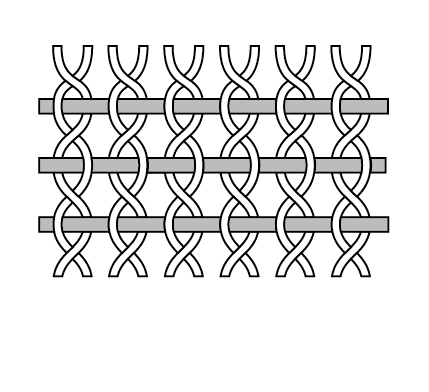
Wovens are structured and stable. Depending on the type of fabric, you can have something super sharp, structured and sometimes thick (think gabardine, denim, oxford, organza), or something more light and drapy, like chiffon and satin.
But woven are never stretch [unless a stetch fiber is added in the weft, but that’s for another day 😃], unlike the next category : Knits.
Knits
A knitted fabric is typically your super comfy cashmere sweater. Knitted fabrics are perfect for any garment that requires a lot of comfort, like sweater, tshirts, sweatshirt, socks, stockings, pantyhouse, undergarments … They are naturally stretch in several directions.
Any fiber composition can be used, but wools and cotton are the most used fibers in knits.
Knits are made by looping yarns on themselves, by interlacing the yarns.
A lot of different patterns and effects can be made as well, but there are two main ways of constructing knits : weft knitting, and warp knitting. The weft knitting technique is the most well-known, because the machines mimics our grandmas, knitting with their hand needles ; constructing one horizontal line after another. The Warp knitting is called locknit, because it unravel less easily than weft knit. It’s more resistant and less stretch.
[See how everything can be confused easily ? Warp and weft and terms also used for woven but describe something else. But you can always replace warp by vertical, and weft by horizontal to make things easier !]
In weft knitting, the most common patterns are :
- Plain/Single Jersey
- Jersey
- Rib
- Interlock
- Purl
- French Terry
In warp knitting, the most common patterns are :
- Pillar Chain Stitch
- Plain Tricot Stitch
- 2×1 Plain
- Atlas
Knits are the most flexible fabric. They are always stretch, in several directions. Their drape is super round, without any sharp angles. Knits are often softer that woven. They can be super thick (think 3D knit, neoprene), or super thin (your underwear !) but will always be confortable and floppy.
Tulle & Lace
Tulle is composed of yarns that are spaced out and held together by double twists. It’s the base for all laces ! Tulle creates transparency, and is also great to create volume. We usually make lingerie, wedding dresses and evening clothes with tulle.
Several machines can produce tulle and therefore lace, at different quality and styles.
The best machines producing tulle are Bobbin Looms and Raschel Looms.
For Lace, the best machine is a Leaver loom, producing the highest lace quality. Other machine are called Textronic, Jacquard Tronic, and Raschel loom.
Original Tulle is quite stiff and rough at touch, even if new versions, made with other looms, are more flexible and soft. It is used to create either transparency or lots of volume. Unlike knits, it is always transparent.
Non-woven
Non-woven fabrics are often forgotten, because they are not as “fashionable” as woven and knits. But they have a lot of applications, also outside the fashion world.
So what are they exactly ? They are another way of manufacturing fabrics, by bonding together jumbles of fibers.
There actually is one type of non-woven that I’m sure you know of ; and it’s felt ! Felt is made by entangling the fibers together using mechanical actions. We usually think of wool fibers for felt, because wool can felt almost on its own, but synthetics are also widely used.
Other non-woven are mostly used for medical purposes (single-use hospital gowns, bandages, etc)
And what now ??
I hope this article helps you understand a little bit better the wonderful world of textiles !
Let’s do a super quick recap, because I know all these things can feel overwhelming !
- Woven are stable and structured, made by yarns crossing each other perpendicularly (the warp is vertical, the weft is horizontal). Usually, woven are not stretch
- Knits are mellow, comfy, stretch and flexible. They are made by interlacing one or a few yarns together.
- Tulle is the base for lace
- Non-woven are a wide and diverse category with fabrics that are made by jumbling fibers together
Now that you know the differences between knits, woven, tulles and non-woven, you can start making better choices for your own designs. You know that if you want something more structured, you can go towards woven, and for something more loose and comfortable, knits are your best allies. Tulle is for transparency, and if you need a very elegant, feminine look, lace is all here for you.
I can assure you, the more you know about textile theory, the better your creation will become : no more cheap fabric that casts a bad light on your designs. No more weird drape because your fabric isn’t appropriate for your design. No more getting crazy because the fabric doesn’t behave the way you want it to. You picked the right one, perfect for your design from the beginning.
Does it feel like there is too much to remember at once ?
Don’t worry, I got you !
I prepared a cheat sheet called “The Fabric Types”, where all the basics fabrics are categorized, so it’s super easy for you to remember ! They are classed by structure (woven vs knitted like you just learned !), by composition, or general category. You got your basics covered now !
So click here to download your free cheat sheet on the different fabric types :

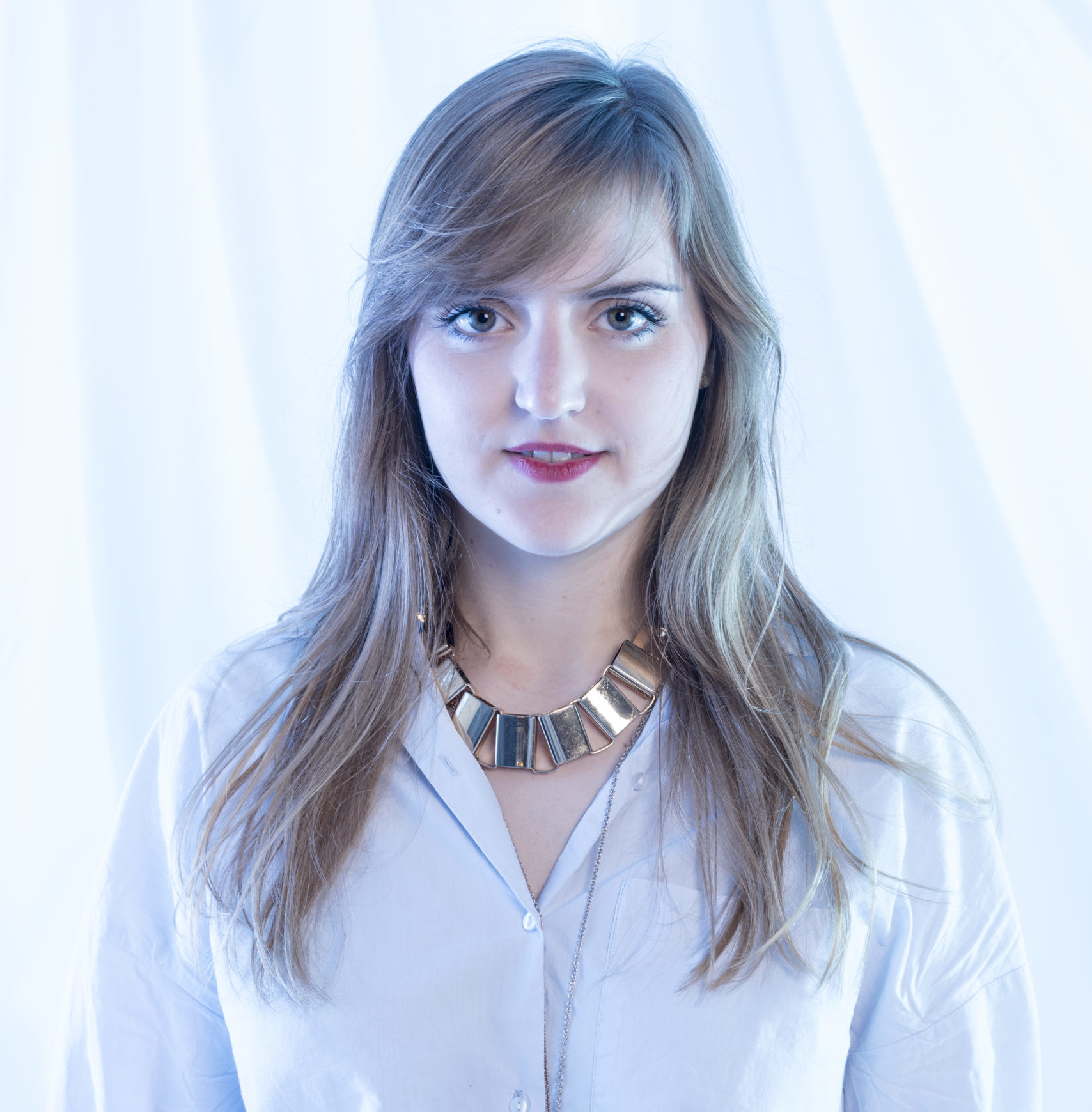
Floriane Schmitt is a textile designer, sharing her knowledge about textiles + creativity. She graduated with honors at a Parisian fashion school in Fashion Design & Fashion Business, and started her career with Flo Home Delight, her creative textile studio. Discover her collections on www.flohomedelight.com. She is also teaching creative souls how to become better designers, using textile as a main medium.


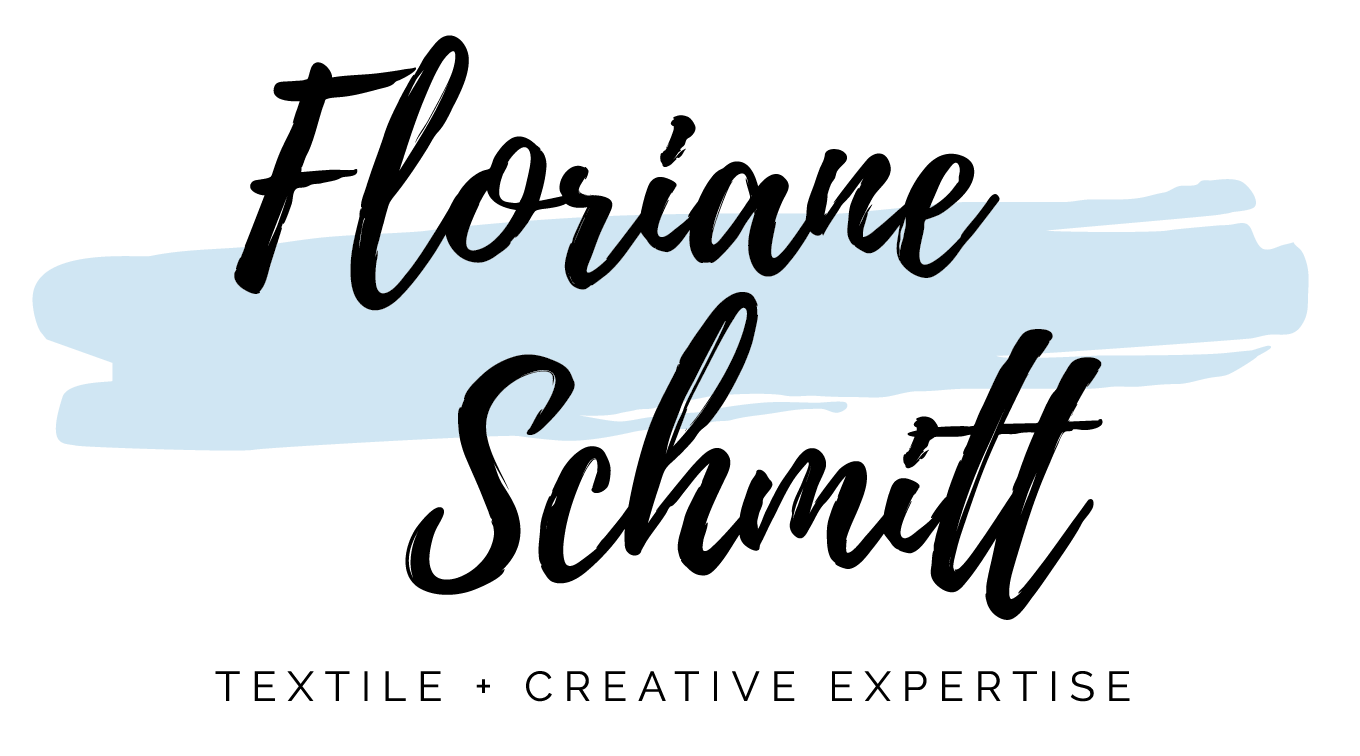
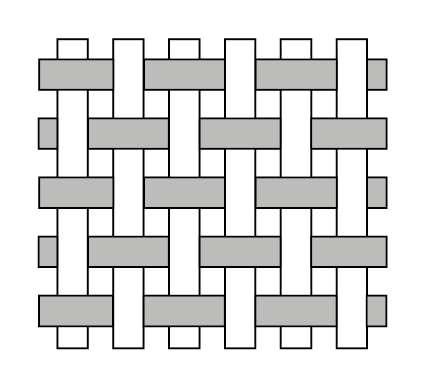
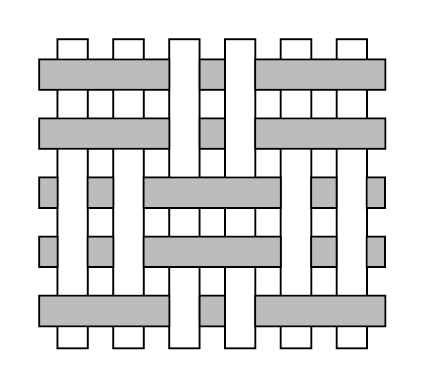
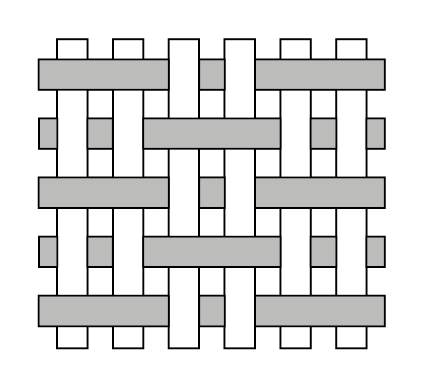
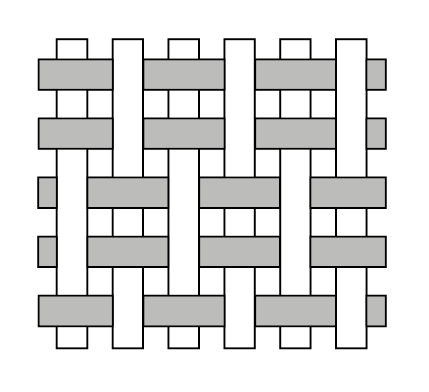
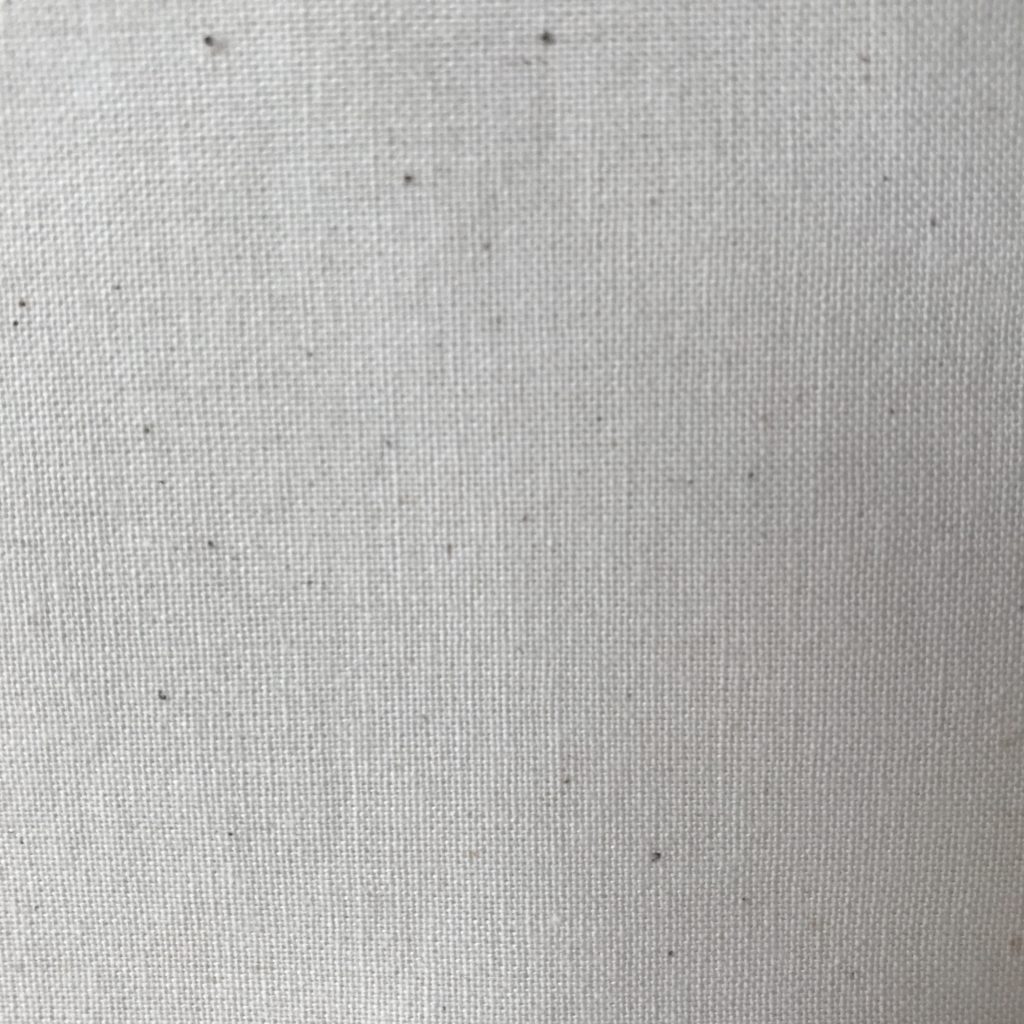
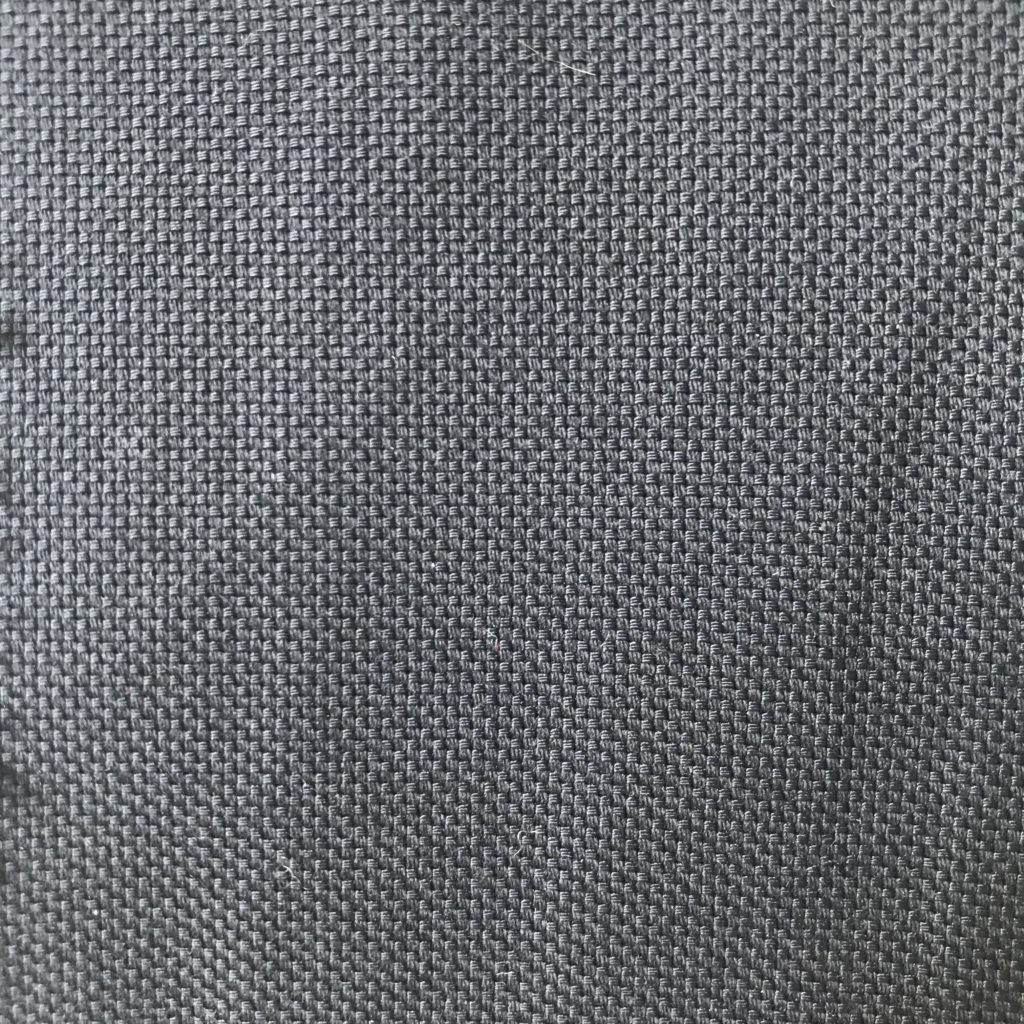
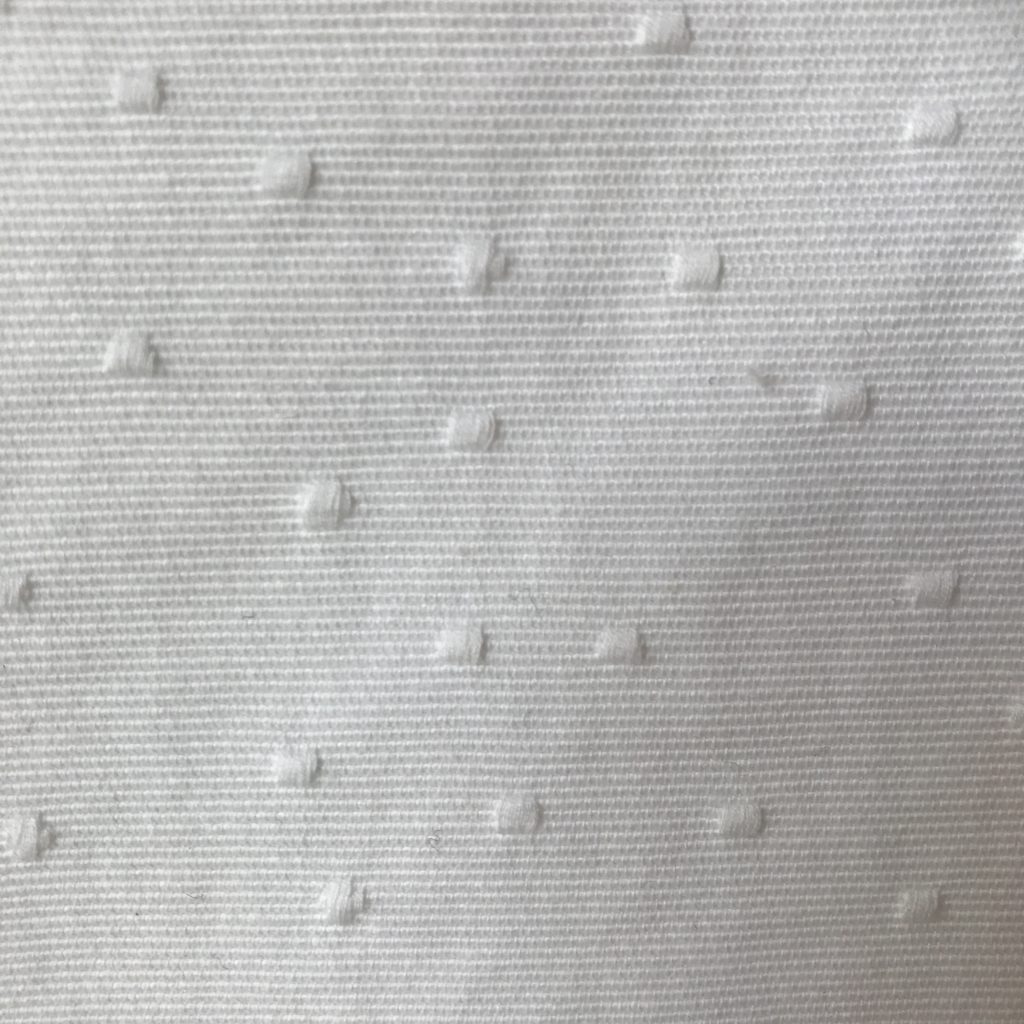
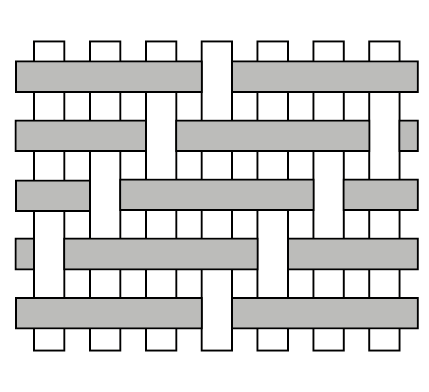
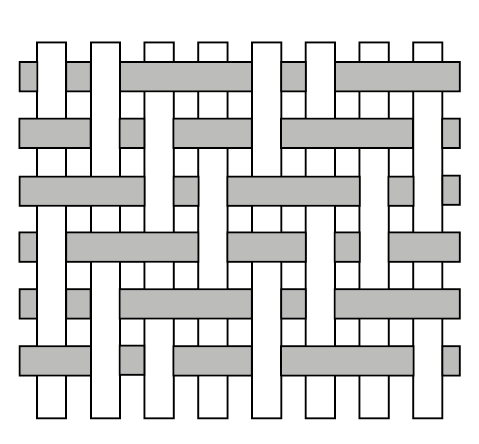
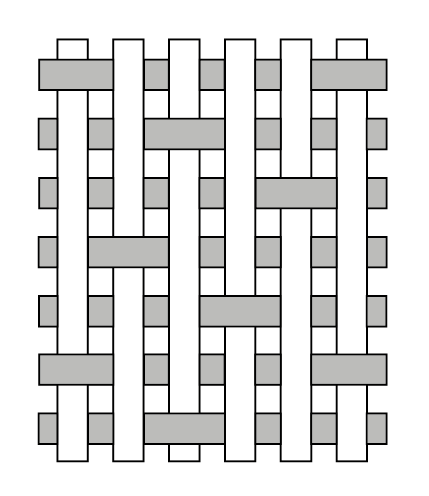
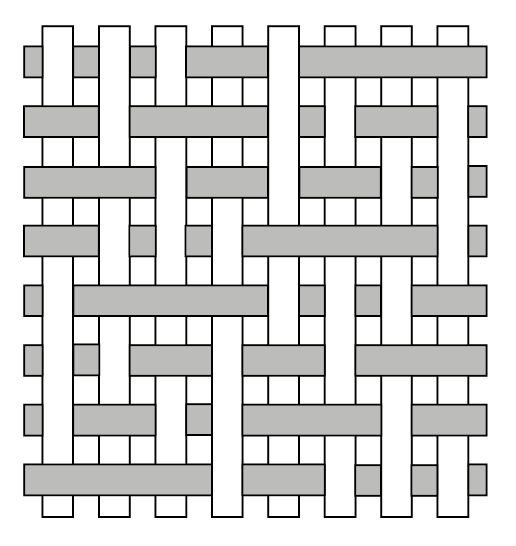
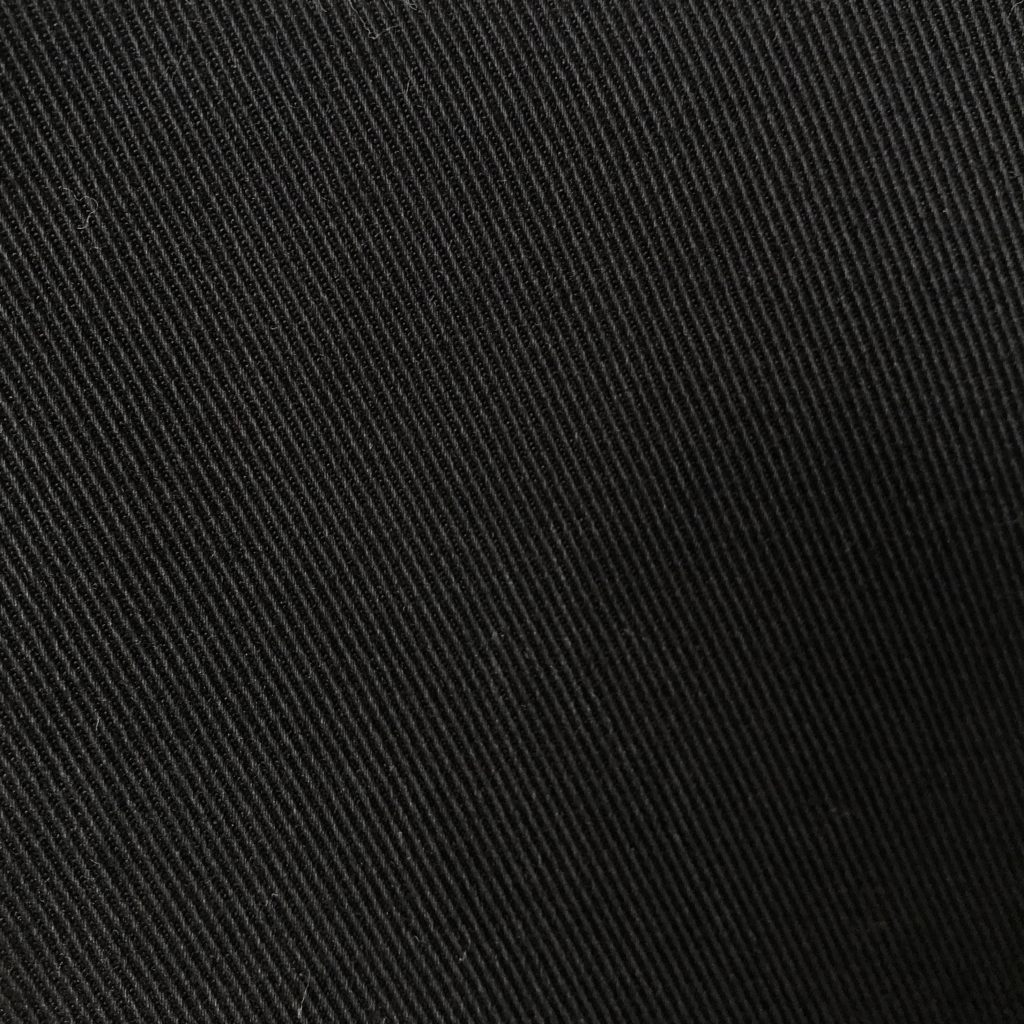
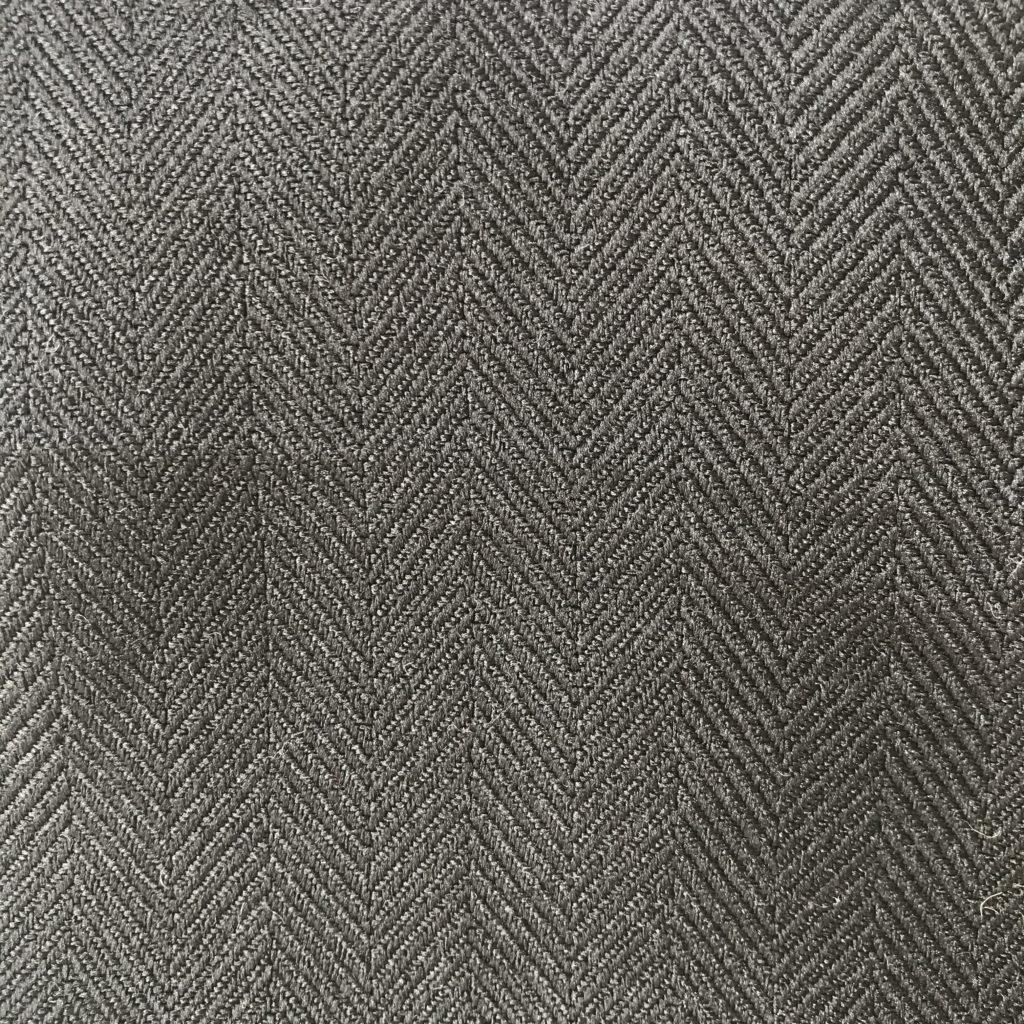
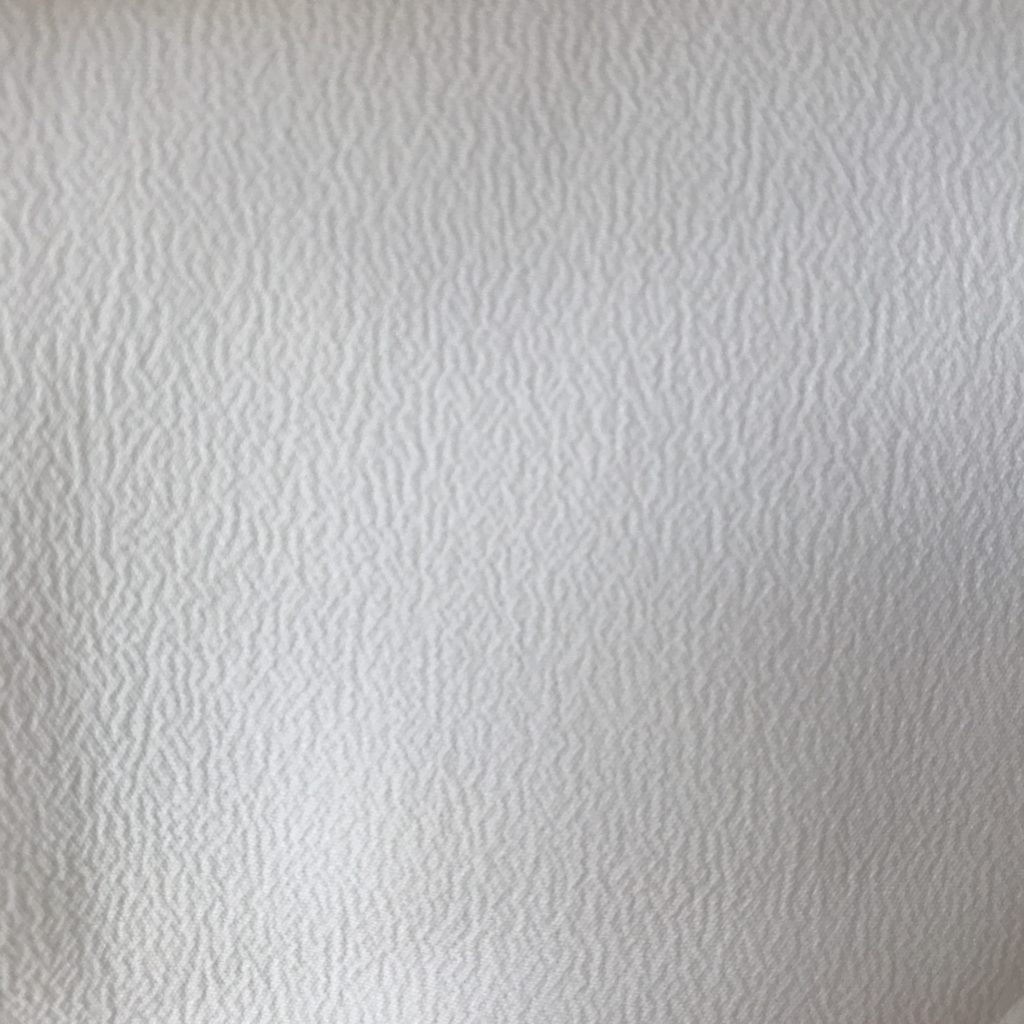
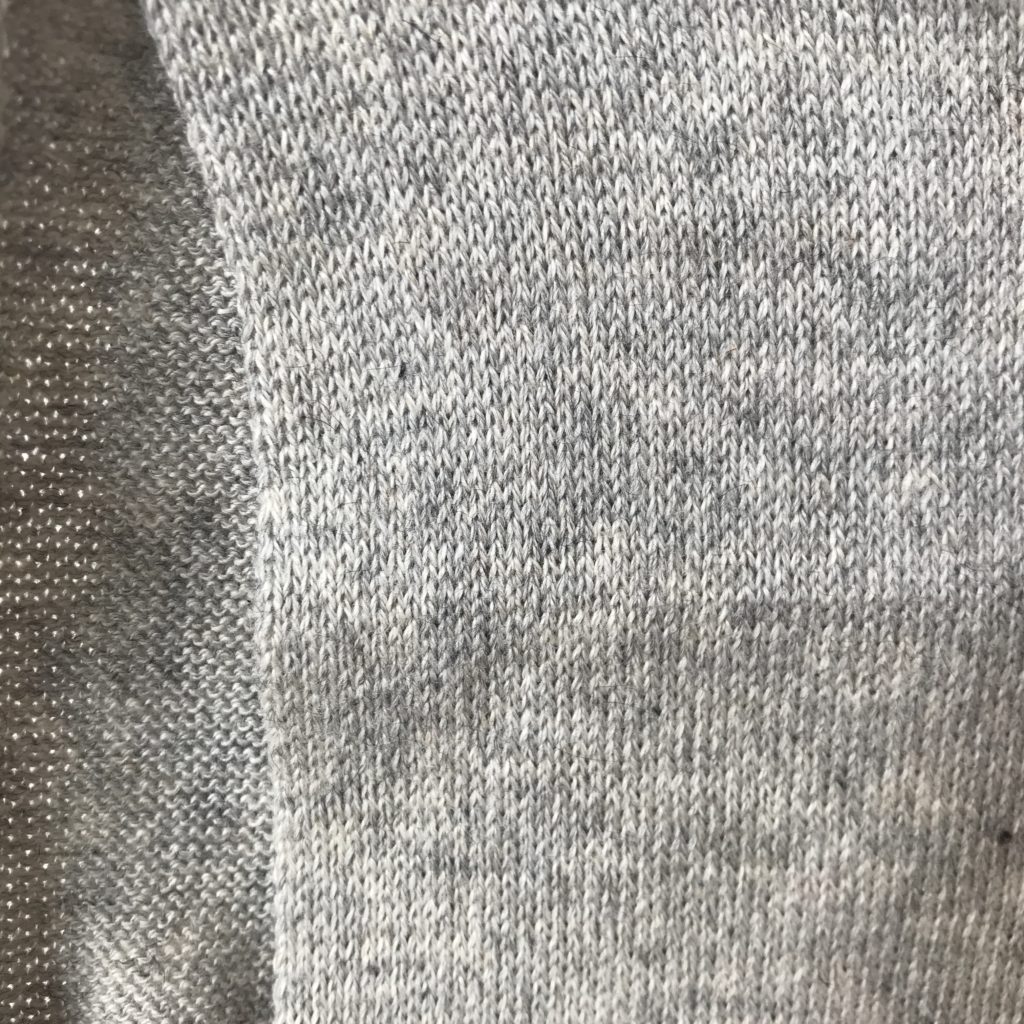
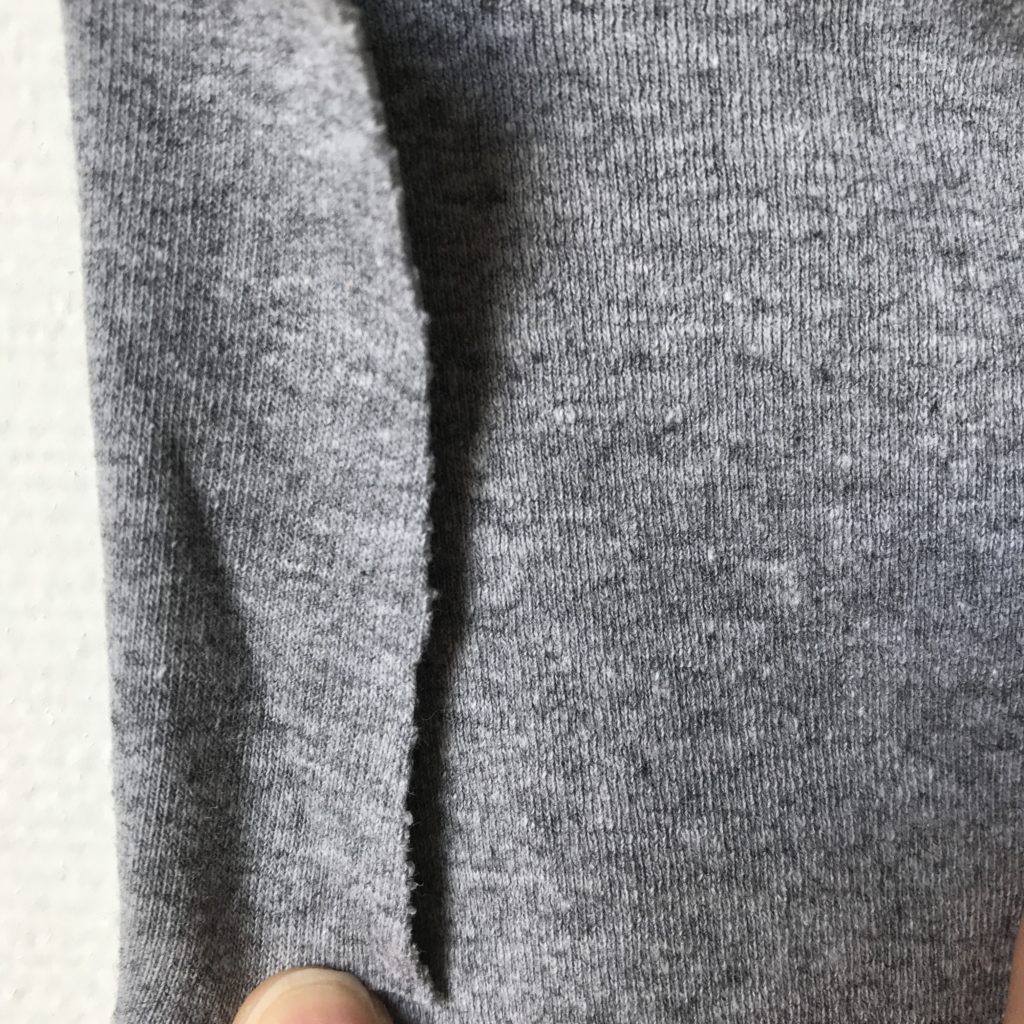
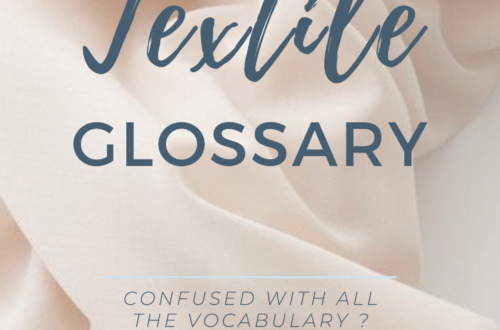
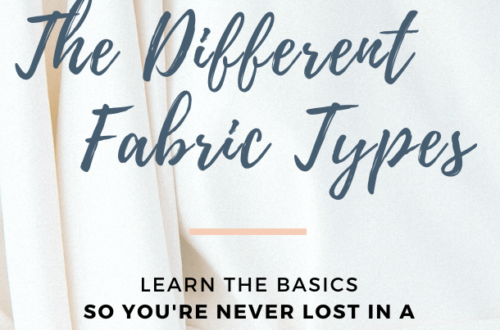
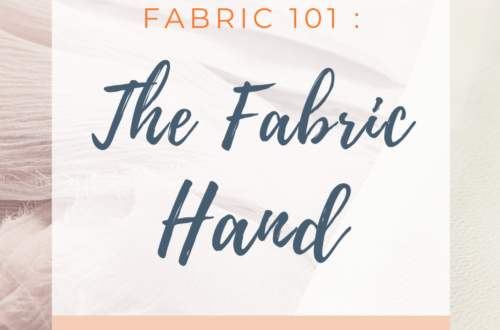
4 Comments
Janine Rees
This is a fascinating article, you must have done a lot of research. Do you mind if I share this?
Floriane Schmitt
Hi Janine ! Thank you for your comment. I kinda learn all of that during my studies as a fashion and textile designer 🙂
But yes of course you can share ! Make sure to include a link to this post/website.
Have a great day !
Floriane
Fiza Taheri
Thank you so much for sharing this informative blog on knit and woven fabrics. I was really looking for such a resourceful blog to choose the right fabric for my clothing line. Now I’ve got many new concepts from your blog and it has made my processes easier. Knitted fabrics suites me the most and now I need to source the fabric from reliable knitted fabrics suppliers near me. Keep on writing, I’m expecting more similar articles 🙂
Floriane Schmitt
Thank you so much for your comment ! 😍 I’m very happy it helped you ! I’m trying to write new articles but I can’t promise anything, time is a bit scarce these days ! But I definitely have lots of new blog posts ideas, can’t wait to share them ✨